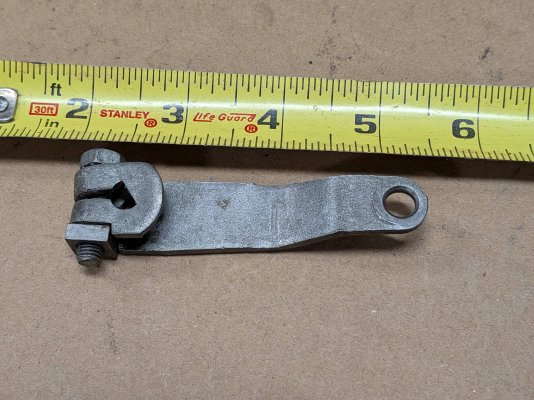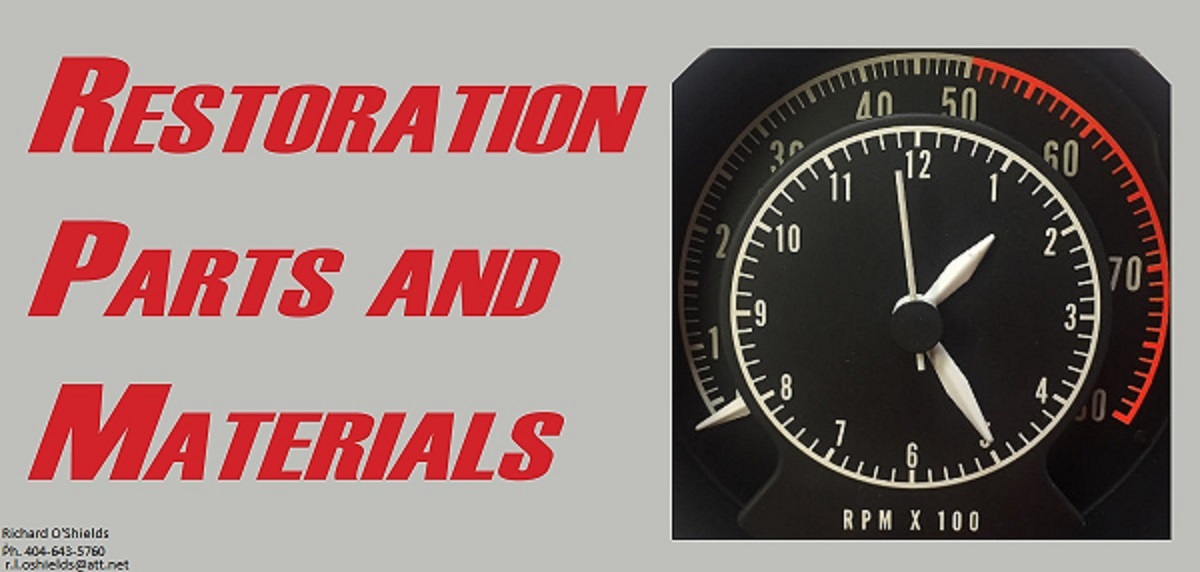With the throttle closed, the rear of the slot in the slotted rod should be touching the linkage stud unlike the position in your picture. With the throttle fully open, the throttle pressure valve lever on the transmission should be pushed fully back, but with slight play indicating no overtravel.
The gap in the slotted rod to throttle stud will cause transmission upshift issues, and ultimately, potential internal transmission damage. It appears that the return spring is not pulling the rod back to the correct point, or the linkage is limited from traveling the rest of the way forward to close the gap.
The bracket, pivot, and upper slotted link looks okay. The one piece rod to the transmission looks correct from what is seen, but may be binding or bent. Your rod adjustment lock bolt seems too far forward on the rod. That is not causing the slotted rod position, but could indicate an issue with the main rod or the lever at the throttle pressure valve pivot on the transmission may be wrong. The lever may be too short or angled wrong.
The following images show my T/A 340 setup at closed and open throttle:
View attachment 146127
View attachment 146133
In the following image of throttle levers, your should be like the long version in the upper left, with an upward angle:
View attachment 146129
The 1970 340 six barrel and 1971-1972 440 six barrel used a one piece rod, shaped like the following image:
View attachment 146131
The following image of my other T/A, but with a 440, shows it's different multi-piece linkage setup, but with a similar slotted link to throttle stud position:
View attachment 146128
View attachment 146130
The rod adjustment is described in the factory service manual in the transmission section.



















